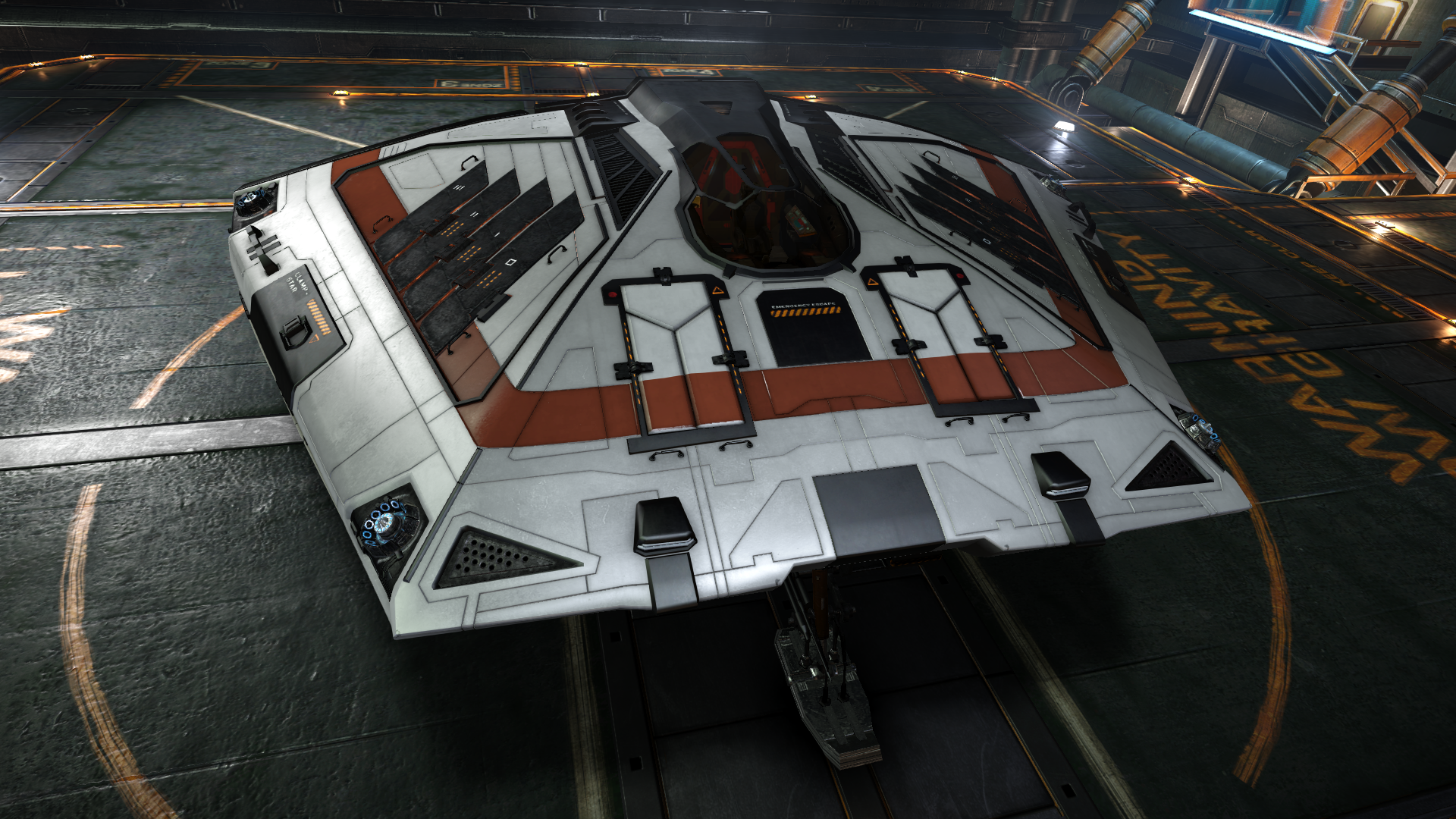Profil komandéra Caesar One > Deník
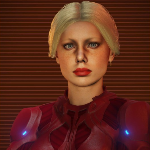
(Krait Mk II)

I bought my Anaconda! It's a hefty 124,924,034 cr, and much on top for the outfitting, but it's a great ship to fly.
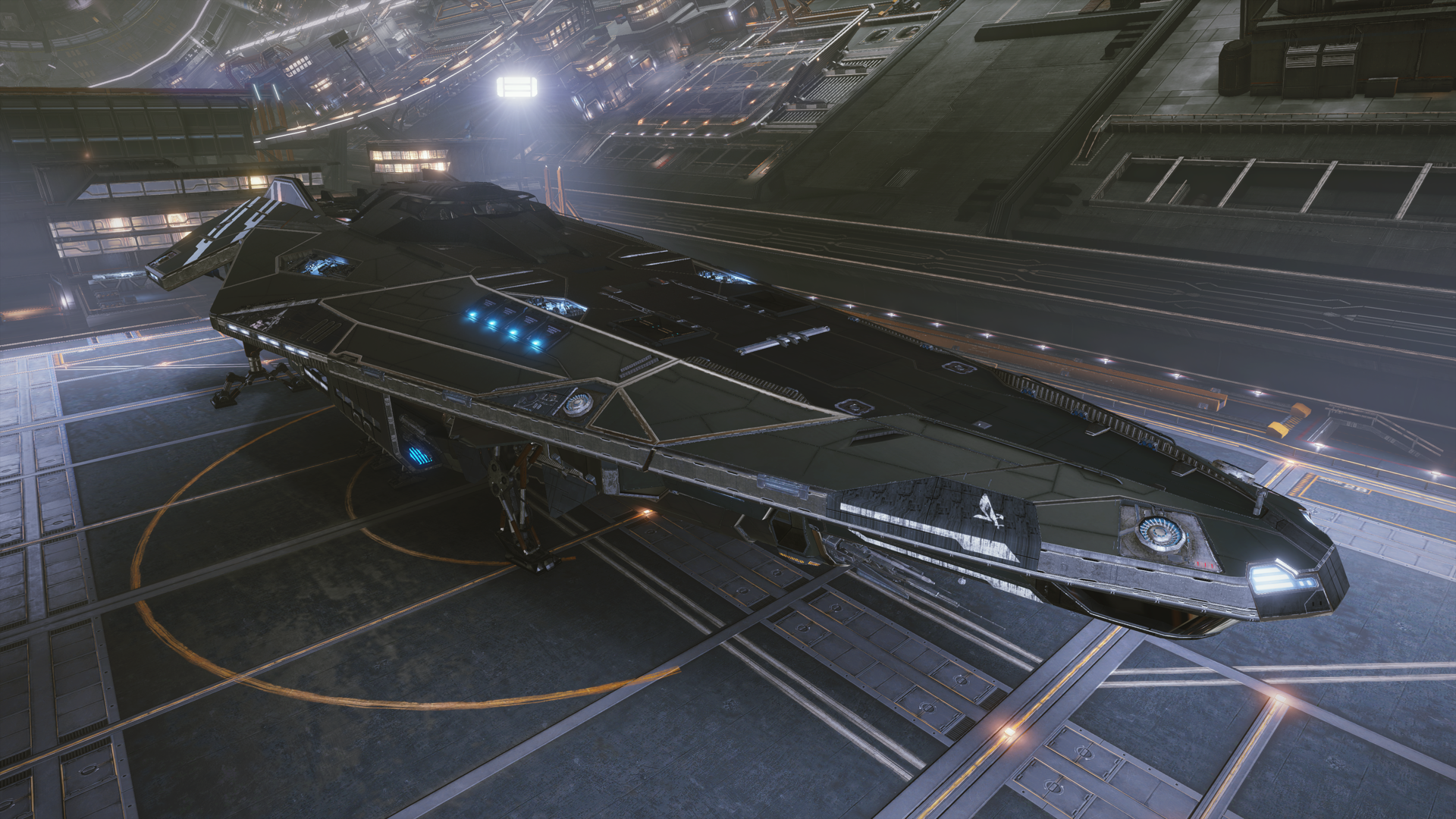
Business is great, after only two days in a Type-7 Transporter I am able to cash out the 65,072,466 cr to upgrade to a Type-9 Heavy.
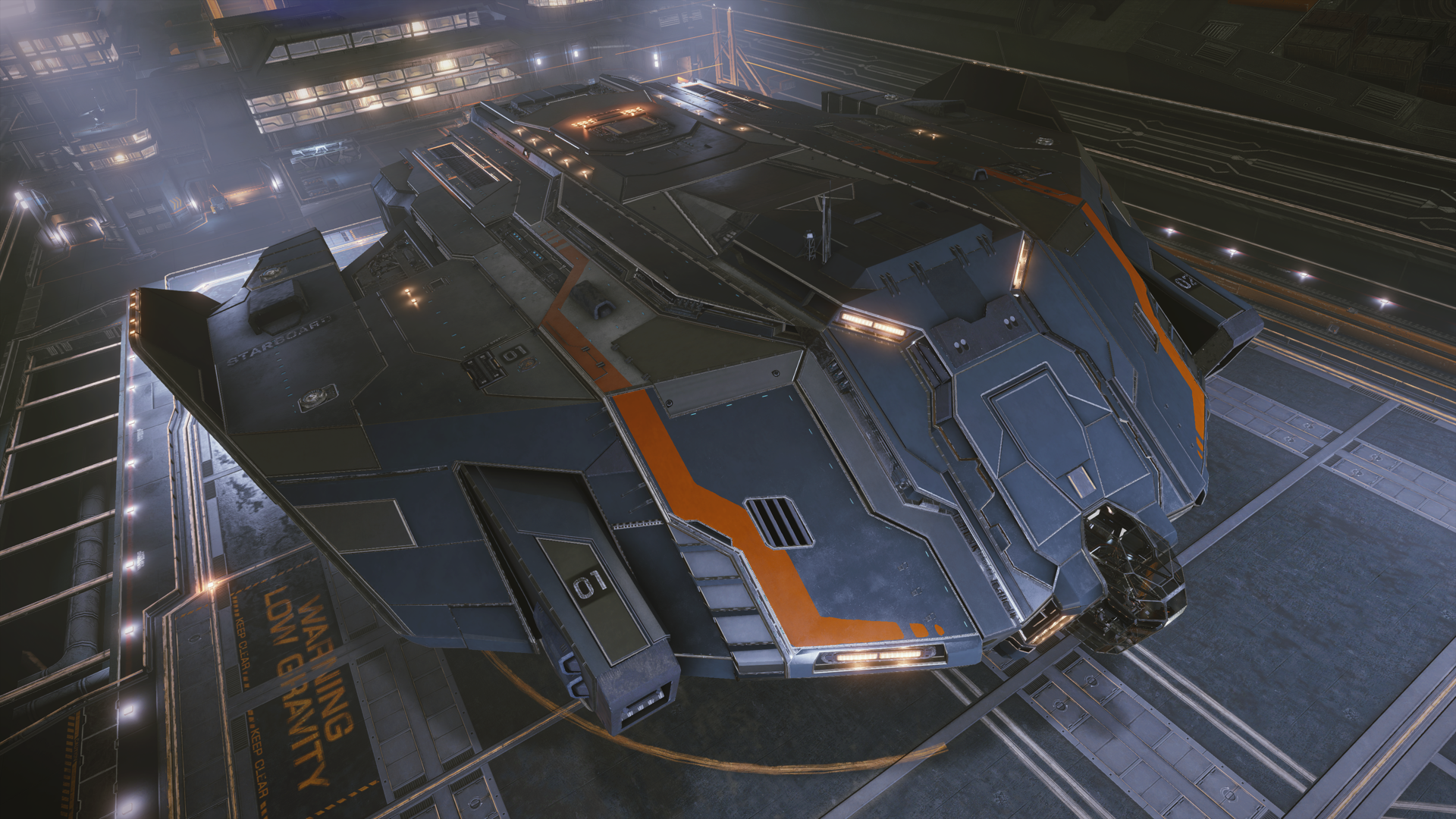
The proceeds of the trading activities have allowed me to upgrade to a Type-7 Transporter. My home station is now 4A504D (no clue what the name means - when converted from hex to ASCII it spells "JPM", anybody knows what that is?) orbiting the Earth-like planet Nahtanoj in the system Lalande 4141. In the photo below you can see me landing during a total stellar eclipse (of the star Lalande 4141 by the planet Nahtanoj).

The offer of trade missions in this station is excellent, making it an excellent home base during the trade grinding. And the Orbis ring of the station, with its alternating agriculture and habitation zones, always offers plenty to view during the auto-docking procedure.

As young space pilot recently graduated into the Pilot Federation flying a basic Type-6 Transporter and slowly grinding my way up the trader ranks doing trading missions, Aksyonov Orbital, orbiting LHS 2259 A 2, is the first Orbis Starport I encounter. It is an amazing station that contains large areas both for agriculture and for habitation, reminiscent of the 1970 science fiction novel Ringworld of Larry Niven, but obviously at a much smaller scale.

The Orbis consists of a cylindrical main hub which contains the docking bay. Extending from the hub is a spire that hosts habitat rings, storage modules, solar panel arrays, and a reactor at the far end. The Orbis supports a 4-kilometer habitation ring in addition to 2-kilometer rings, with a single larger ring usually fixed around the main hub in addition to one or more smaller rings along the spire. The 4-kilometer ring enjoys a full 1 G, while the 2-kilometer rings achieve only 0.5 G's.
The habitat rings of an Orbis are based upon the Stanford torus design and the hub of an Orbis is inspired by the O'Neill cylinder.
The Stanford torus is a proposed NASA design for a space habitat capable of housing 10,000 to 140,000 permanent residents. It was proposed during the 1975 NASA Summer Study, conducted at Stanford University, with the purpose of exploring and speculating on designs for future space colonies and consists of a torus, or doughnut-shaped ring, that is 1.8 km in diameter (for the proposed 10,000 person habitat described in the 1975 Summer Study) and rotates once per minute to provide between 0.9g and 1.0g of artificial gravity on the inside of the outer ring via centrifugal force.
The ring is connected to a hub via a number of "spokes", which serve as conduits for people and materials travelling to and from the hub. Since the hub is at the rotational axis of the station, it experiences the least artificial gravity and is the easiest location for spacecraft to dock. Zero-gravity industry is performed in a non-rotating module attached to the hub's axis.
The interior space of the torus itself is used as living space, and is large enough that a "natural" environment can be simulated; the torus appears similar to a long, narrow, straight glacial valley whose ends curve upward and eventually meet overhead to form a complete circle. The population density is similar to a dense suburb, with part of the ring dedicated to agriculture and part to housing.
The O'Neill cylinder (also called an O'Neill colony) is a space settlement concept proposed by American physicist Gerard K. O'Neill in his 1976 book The High Frontier: Human Colonies in Space. An O'Neill cylinder consist of two counter-rotating cylinders, connected at each end by a rod via a bearing system. The cylinders rotate in opposite directions in order to cancel out any gyroscopic effects that would otherwise make it difficult to keep them aimed toward the Sun.

I spent 1,045,945 cr to buy a Type-6 Transporter. Bye bye to my Cobra Mk III ! Plan is to become a trader and evolve to Type-7 and Type-9 - and who knows where beyond that?
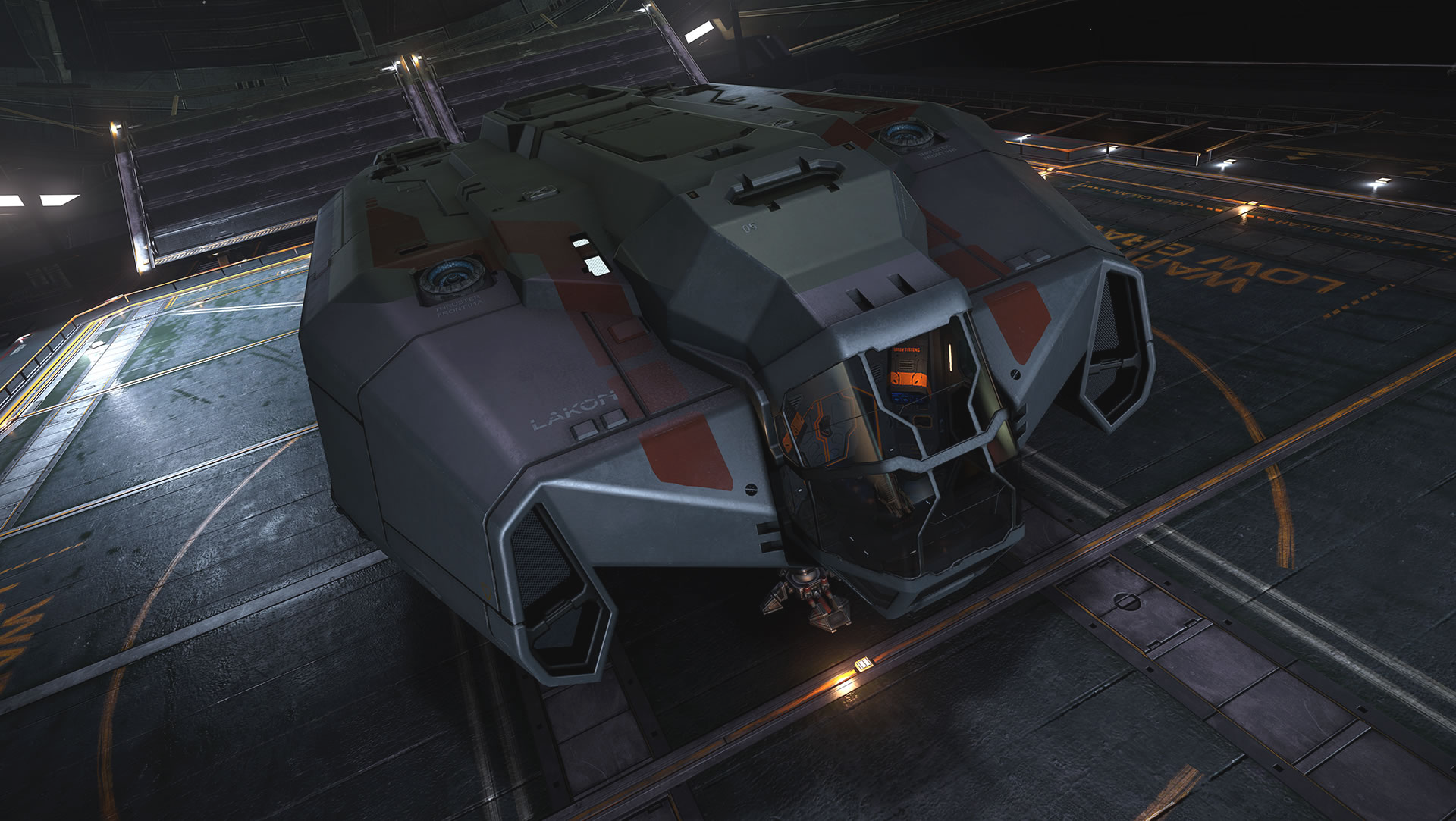
I took the "Exploring The Galaxy from Pilots' Federation Administration" mission - first flight is to system Anekaliti station Bean Terminal.
I spent 349,718 cr of my first earned money to upgrade to a Cobra Mk III.
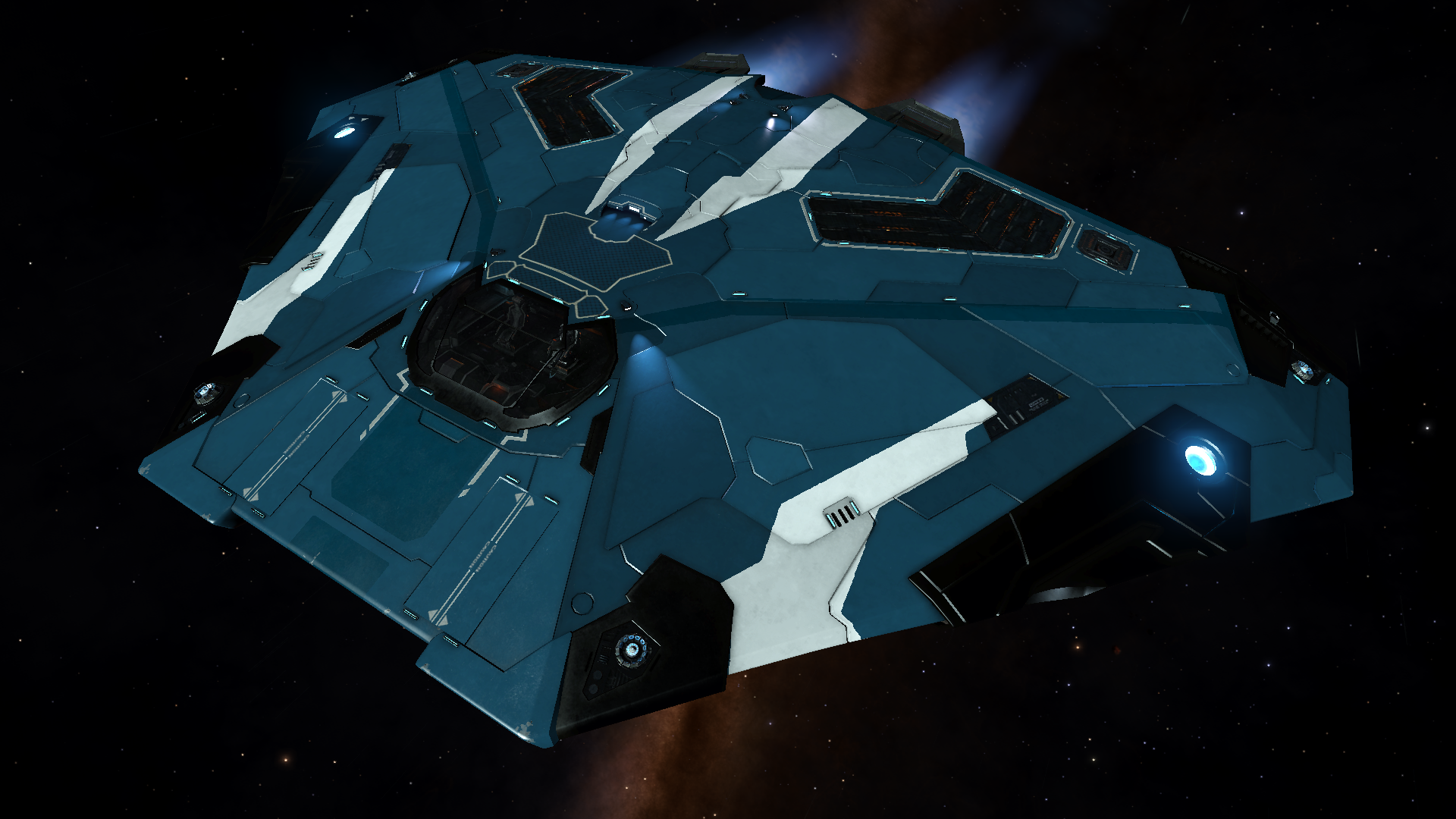
Today I graduated from pilot school and took my first flight in a Sidewinder taking off from Coelho station in system Matet.
